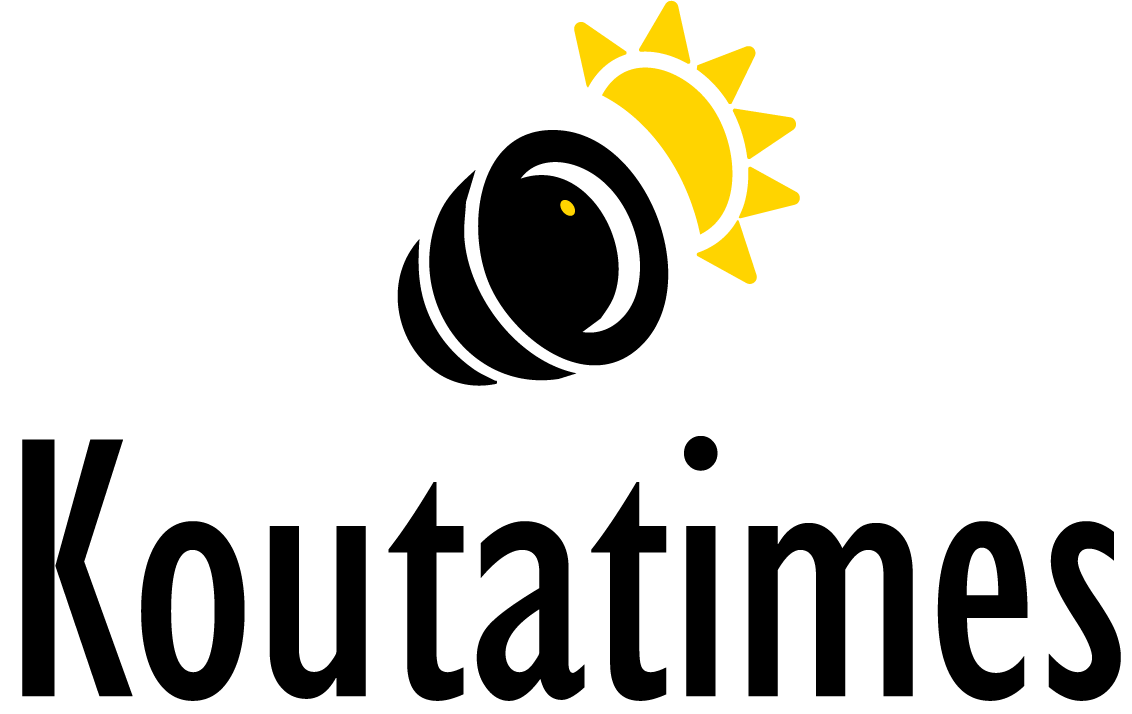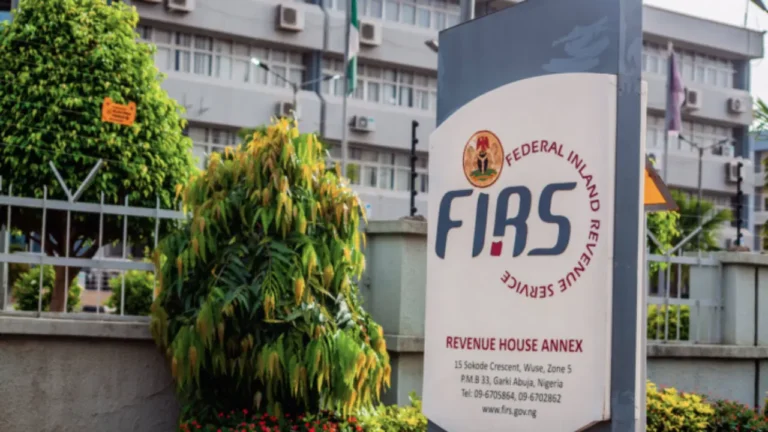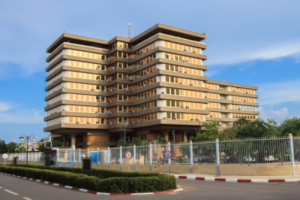Togo has recently ranked 117th out of 139 economies in the 2025 edition of the Global Innovation Index (GII). This ranking, published by the World Intellectual Property Organization (WIPO), highlights Togo’s position among low-income countries. Togo stands 2nd in this category, following Rwanda at 104th and ahead of Madagascar at 120th and Uganda at 124th.
The GII is an annual publication that WIPO releases in collaboration with INSEAD and Cornell University. This index evaluates a country’s ability to produce and utilize innovation effectively. The GII relies on 80 indicators, grouped into seven critical pillars. These pillars provide insights into what drives innovation in different economies.
Among these pillars, three focus on inputs that create favorable conditions for innovation. These include institutions, human capital and research, and infrastructure. The remaining four pillars evaluate outputs, which demonstrate the concrete results of innovation efforts. These outputs involve market sophistication, business sophistication, knowledge and technology outcomes, and creative products.
Togo’s ranking in the GII reveals both challenges and opportunities for the nation. While the position indicates that improvement is necessary, it also reflects the potential for growth. Togo can enhance its innovation landscape by prioritizing the development of institutions. Strong institutions can foster a more robust environment for innovation.
Investing in human capital is equally crucial. By improving education and training, Togo can equip its workforce with the skills needed for innovation. A well-educated workforce can drive creativity and development in various sectors. Additionally, infrastructure development plays a vital role in supporting innovative activities. Reliable infrastructure enables businesses to operate efficiently and encourages investment.
Furthermore, Togo must focus on building partnerships among different stakeholders. Collaboration between the government, businesses, and educational institutions is essential. Such partnerships can create a supportive ecosystem that nurtures innovation. When these entities work together, they can pool resources and knowledge, leading to more effective outcomes.
For example, businesses can benefit from insights gained through academic research. Conversely, educational institutions can align their programs with the needs of the industry. This alignment ensures that students acquire relevant skills, making them more employable. As a result, both the economy and the workforce can thrive.
Togo’s position in the Global Innovation Index indicates that the country has room for improvement. However, it also presents a unique opportunity for growth. By focusing on strategic initiatives, Togo can enhance its innovation capacity and competitiveness.
Moreover, Togo can learn from the successes of other countries. For instance, Rwanda has made significant strides in innovation. By studying Rwanda’s approach, Togo can identify best practices that may be applicable. Emulating successful strategies can help Togo accelerate its progress in the innovation landscape.
In conclusion, Togo’s innovation ranking in the Global Innovation Index reflects both challenges and opportunities. The nation has the potential to improve its position through focused efforts. By investing in institutions, human capital, and infrastructure, Togo can create a thriving environment for innovation. Collaborative partnerships will further enhance this journey, allowing Togo to realize its full potential. With determination and commitment, Togo can carve out a promising future in the global innovation arena.






